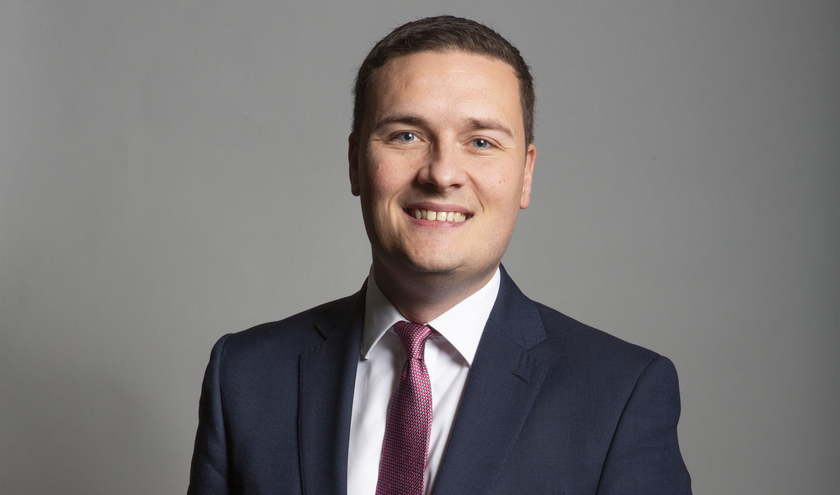Numbers decreased to 7.39m, from 7.42m, marking the first time the waiting list has fallen in April for 17 years, excluding the first year of the pandemic.
Health and social care secretary, Wes Streeting, said: ‘This is just the start. We've delivered millions of extra appointments since July, we are pushing on with our mission to get the NHS working for patients once again as we deliver our Plan for Change.'
There were 1.45m treatments delivered in April – equivalent to around 72,500 planned treatments each day and 3% more than last year.
Average waiting times for planned treatment fell to the lowest level since July 2022 – 13.3 weeks – despite services facing greater demand, with 2.3% more patients being added to the waiting list per working day on last year.
It was the busiest April ever for the number of tests and checks carried out for patients, with community diagnostic hubs helping services to deliver 2.4m checks (2,399,611) – almost half a million more than the same month in 2019.
The 28-day cancer target continued to be met with over 200,000 people diagnosed or given the all clear within 28 days (209,566) – 11,500 more than the previous year (197,882).
May was the second busiest month for A&E with 2.4m attendances, 77,287 per day, a 10% increase on pre-pandemic levels (2,172,006 in May 2019).
Despite high levels of demand, waits of 4 and 12 hours in A&E and all categories of ambulance response times were improved on the year before.
There was an average of 58,270 patients per day admitted, transferred or discharged within four hours in A&E last month – a total of 1.8m – the highest number in six years and three quarters of all patients (75.4%), up from both the previous month (74.8%) and the previous year (74%).
Tim Gardner, assistant director of policy at The Health Foundation, said just under 60% of waits were within 18 weeks well short of the Government's target of 92%, adding the road to NHS recovery would be ‘long and arduous'.



